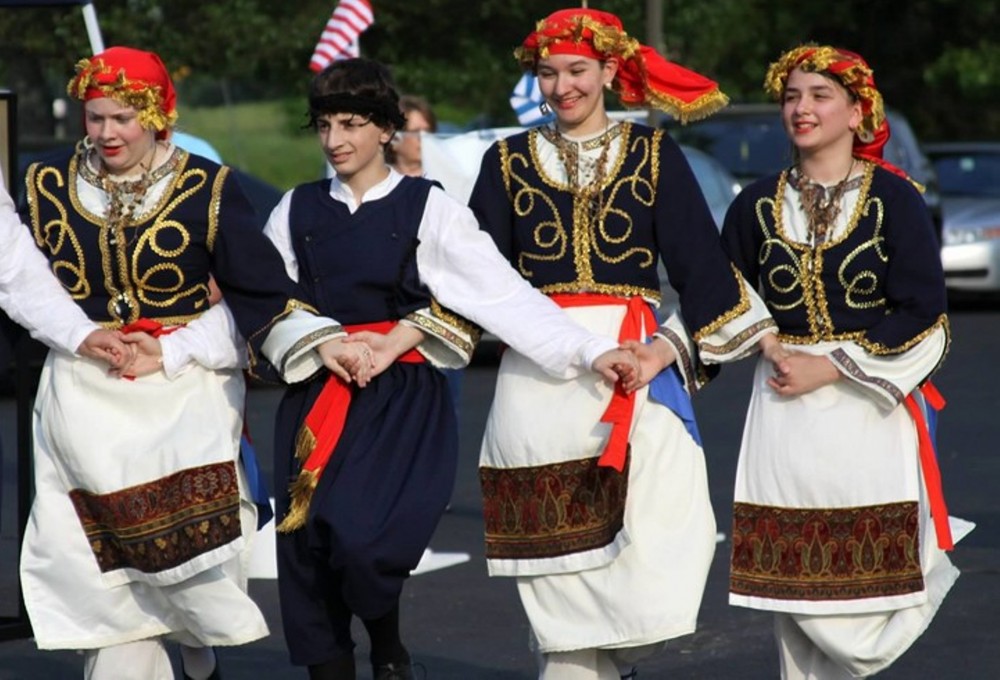
In November 2013 — February 2014, The Greek community of Odessa is a bright phenomenon in the history of both the city on the Black Sea and the entire Hellenic world in general. Until recently, scholars focused their effort on studying the political and social ‘event’ history of the Greek presence on the coast of the Black Sea. It was only in the late twentieth century that researchers started to demonstrate a shift to studies of daily life, social structures and demographic characteristics. The Hellenic Foundation for Culture, in collaboration with the State Archive in Odessa Region, published and compiled an electronic version of a database of records from metric books of the Greek Church of Holy Trinity (1808-1920). The database permits to study in detail a series of important characteristics of the historical demography of the Greek community of Odessa within a broad chronological range. Drawing from these data, this article addresses one of the aspects of natality in the Greek community of Odessa in the late nineteenth century. Social changes find their reflection in the conceptual projection of demographic transitions. It suggests division of reproduction into three phases — agrarian (or traditional), transitional and modern (or rational) societies. The first phase shows very high birth and death rates, which demonstrate a certain equilibrium. The population shows a large number of children and a rapid replacement of generations. The population size during this period remains stable. During the second phase (so-called transitional society), the important socio-economic transformations (industrialization, urbanization, improvements in health care and education, etc.) cause preservation of a high birth rate and an abrupt drop of the death rate. The gap between the birth and death rates increases leading to a rapid population growth. We can examine these characteristics in the Greek population of Odessa during these two phases (the third phase of modern society is, of course, omitted). From the Censuses of 1892 and 1897 we can calculate main numerical birth coefficients, which shall allow reconstructing a general demographic model of the Greek population of Odessa. Unfortunately, because of the lack of sufficient data we are not able to trace the dynamics of these coefficients back into the earlier periods. Here we focus on only one historical-cum-anthropological aspect — the socio-territorial parameters of births. Calculation of these coefficients in our study is complicated by the fact that some part of the Greek population of Odessa were born outside the city (and even outside the country). Place of birth allows for retrospective identification of the population structure of the city. In spite of the relatively small portion of people who were born in Odessa (45,2 %) or resided in the city for over 20 years (7,9%), there is observed a significant natural population increase. It already clearly prevailed over the inflow of immigrants. Towards the end of the nineteenth century, there was a decrease in number of immigrants of the first generation (born outside Odessa) and an increase in number of those of the second generation (born in Odessa) as well as a marked decrease in number of Greek-speaking people who had become Russian subjects. These trends demonstrate the evolution of the Greek community toward its assimilation with the Russian social milieu, which was a natural trend for all foreigners during the period when they switched to a more permanent residence in the city. The decreasing number of Greeks in Odessa, in spite of the increase in number of Greek subjects from 1892 to 1897, indicates that citizenship apparently represented the last resort for preserving the “national identity” at the level that permitted to enjoy social and legal protection of people by the Greek authorities. Otherwise, the long-lasting residence of foreigners in the Russian Empire unavoidably led to their Russification. The decrease in number of economically powerful Russian subjects of Greek origin perhaps can be explained by their outflow into other countries or other cities of the Russian Empire, which were acquiring much of economic interest in the late nineteenth century (e.g., Nikolaev and the ports of the Sea of Azov). Our analysis of the socio-territorial structure of births in the Greek community of Odessa revealed its eclectic character manifested in that only about a half of them (nearly 54% in 1892 and 41% in 1897) were “Odessans” by birth, while another half were first-generation newcomers. The decreasing share of people born in the city is a reflection of both the general trends for Odessa and the intensification of migration. The “geography of origin” of the Greek newcomers is very informative. The majority of these Greeks were subjects of foreign countries born outside the Russian Empire. Among them, the leading positions was held by “Turkish subjects” followed by “German” and “Greek” citizens. This composition has a reflection upon the scientific understanding of the term “indigenous Odessan”, which may represent a rather idealized notion than reality. The conclusions can be also applied to other ethno-cultural communities that lived in Odessa during the same period (a simple comparison with general parameters argues for their applicability at such scales).
Source: Paradeisopoulos S. (2022). Natality in the Greek community of Odessa in the late nineteenth century: prospects for historical and anthropological reconstructions. Zaporizhzhia Historical Review. 5(57): 27-33
Source web-site: https://istznu.org/index.php/journal/article/view/2345/2134
Number of views: 1410